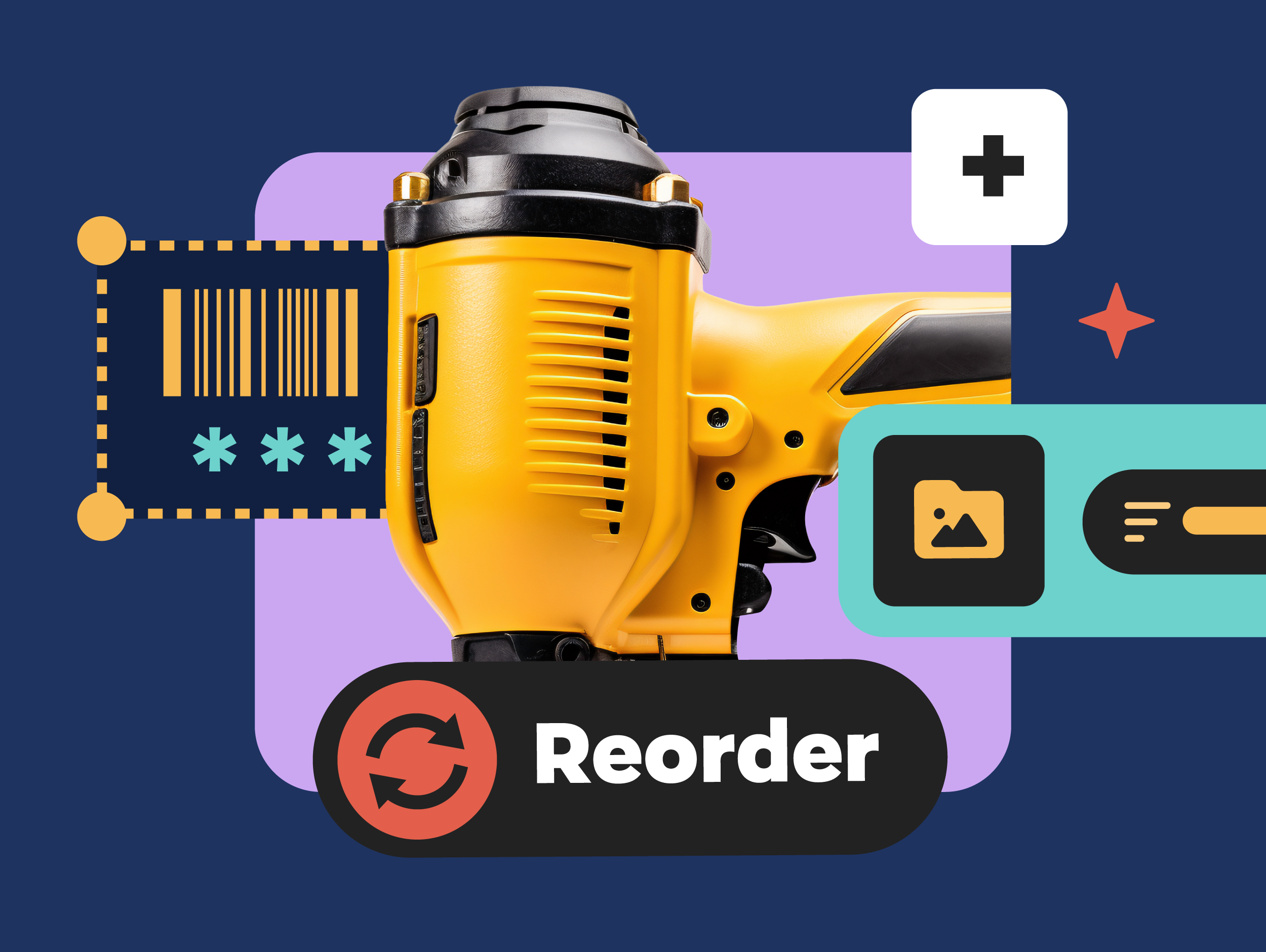Order forms are a fundamental requirement for your business in two major ways. Firstly, you will need an order form for purchasing your raw materials or stock in. Secondly, your customers will need an order form to buy products from you.
In many cases, ordering goods is still a paper-based process. Filling out individual order forms is time consuming and can be prone to error. To help automate the process, we have provided an example order form template below; as well as resources that will help your small business make your orders run smoothly.
What is an order form template?
An order form is a type of inventory document that helps you purchase goods from your suppliers. It tells your supplier the exact items you are ordering, and the quantity and price you are paying. An order form template will save you time and keep you organized. Order form templates are typically available in a Word document or in an Excel spreadsheet. When choosing between the two, the spreadsheet is a better option because it was designed to calculate formulas and do the math for you.
Order form templates are a great start to automating paper order forms. You can download free templates from Microsoft Office and Google Docs.

Now if you want to create a customer order form, just simply re-use the existing template. Populate the order form with all your products and its unit prices. The template makes it easy for your customers to order and replenish stock from you.
The disadvantages of using an order form template
Using an order form template has its limitations. Once your data begins to grow, spreadsheets become difficult to manage and even ineffective. Order forms can only give you a static view into a particular purchase. It cannot give you visibility into all your other purchases. By not having a holistic view into the ordering process, it can lead you to buying too much inventory or too little.
On the customer side, a static order form needs to be regularly updated with pricing and product changes. Listing the wrong unit price can eat away at your margins. Listing products you no longer sell may aggravate your customers and have them doing business with someone else. So what other options are there besides spreadsheets?
Using technology to streamline the ordering process
By using software to automate the order fulfillment process, you’ll get more insight into the products you are buying. You will now know the true fully loaded cost of each product, how well your items are selling, and even when it is time for you to replenish your stock. The information can empower you to make better purchasing decisions.
Top 10 Reviews has provided an excellent side-by-side comparison of their top inventory software choices for 2014. Their website provides a detailed checklist of the strengths and weakness of each software vendor.

For all forms and sizes of businesses, ordering goods can be a capital heavy investment. Oversights can be costly. For example, over-ordering can lead to requiring more warehouse space to house your aging inventory. Conversely, under-ordering can lead to missing out on sales. An order management system will provide you the analytics you need to run your business. It will automate your order forms, provide insight into how well your products are selling, and even tell you when it is time to replenish your stock. Most importantly, you’ll have a better forecast into your business so that you can meet the demands of your customers.
Interested in automating your order forms? You can try inFlow Inventory for free.






This was specifically what i was looking for as i am going forward in my own business, thanks so much!
Great! Glad you like it!
Hi Colleen,
Can you recommend a couple few software programs that can handle the following.
We are a small printing company and we have a prospect client that asked us if we could offer storage of their printed literature and ship out items as needed.
We would need to add a portal to our web site and would need to have an interactive order form with a up-to- date inventory. Where by the client could check current inventory and then place a order . The inventory would need to be kept current.
Nothing too complicated and this is just one client but would like to have something that could be used for other potential clients moving forward.
Thank you in advance for you thoughts & recommendations.
Mike VanSlambrouck
Hi Mike,
It does sound like inFlow could be a great fit for your needs. You could use the Online Showroom as your portal, so your client could check on inventory levels and place an order there. The order would go directly into your system automatically, and they could even pay for orders online.
And because inFlow handles receiving, picking, and shipping too—all of the inventory updates you make in inFlow would keep the online portal up to date.
If you’d like to schedule a demo, we’d be happy to show you around inFlow: https://www.inflowinventory.com/contact-sales
I want to know how to create purchase order form.